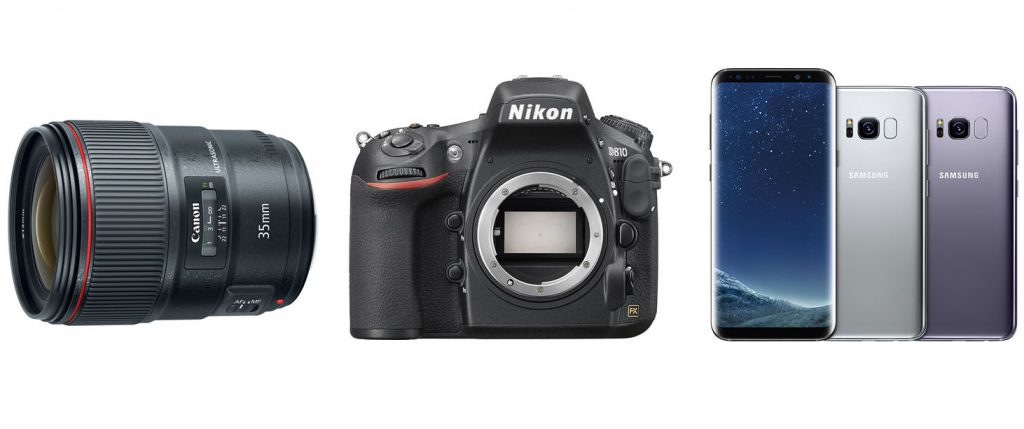We undertake all DXOMARK camera sensor, lens, and mobile device tests in a dedicated camera testing lab that is equipped with test targets, lighting systems, light-boxes, light-meters, telemeters, spectrometers, and other specialized equipment. For our DXOMARK smartphone camera tests, we also include perceptual testing that is based on a large variety of real-life test scenes. We have carefully designed all test protocols to be bias-free and to ensure repeatability of measurements. Below you can find brief summaries of our DXOMARK camera sensor, lens, and mobile test protocols, including links to more in-depth descriptions.
For our DXOMARK Camera Sensor reviews, we measure the image quality of camera sensors that can record images in RAW format, and all analysis is undertaken before demosaicing or JPG processing. The DXOMARK camera sensor sub-scores and overall scores are based on the following criteria:
- Color sensitivity
- Noise (standard deviation, signal-to-noise ratio, dynamic range, and tonal range)
- ISO sensitivity (speed)
Please read our detailed article on the DXOMARK Camera Sensor test protocol for more information about our test methodology and scores.
For our DXOMARK Lens reviews, we measure the performance of interchangeable lenses on cameras that can record images in RAW format.The DXOMARK lens sub-scores and overall scores are based on the following criteria:
- Resolution, derived from the MTF (Modulation Transfer Function) measurement
- Distortion
- Vignetting
- Light transmission (T-stop)
- Chromatic aberrations
Please read our detailed article on the DXOMARK Lens test protocol for more information about our test methodology and scores.
For our DXOMARK Camera reviews (previously called DXOMARK Mobile), we analyze the performance of the imaging pipeline in its entirety, including lens, sensor, camera control, and image processing. Testing is based on the smartphone camera’s JPG output and also covers video mode. In addition to testing in the lab and objective evaluation, the DXOMARK Camera protocol includes a large component of perceptual evaluation that makes use of more than 50 challenging and realistic indoor and outdoor scenes. The DXOMARK Camera sub-scores and overall scores for Photo are based on the following criteria:
- Exposure and contrast, including dynamic range, exposure repeatability, and contrast
- Color, including saturation and hue, white balance, white balance repeatability, and color shading
- Texture and noise
- Autofocus, including AF speed and repeatability
- Artifacts, including softness in the frame, distortion, vignetting, chromatic aberrations, ringing, flare, ghosting, aliasing, moiré patterns, and more
- Flash
- Zoom at several subject distances
- Bokeh
- Night, including Flash-off, Flash-on, Flash-auto and Night modes
- Wide-angle
The Video sub-score is calculated from the following sub-score criteria:
- Exposure
- Color
- Texture and noise
- Autofocus
- Artifacts
- Stabilization
Please read our detailed article on the DXOMARK Camera (previously called DXOMARK Mobile) test protocol for more information about our test methodology and scores.



DXOMARK encourages its readers to share comments on the articles. To read or post comments, Disqus cookies are required. Change your Cookies Preferences and read more about our Comment Policy.